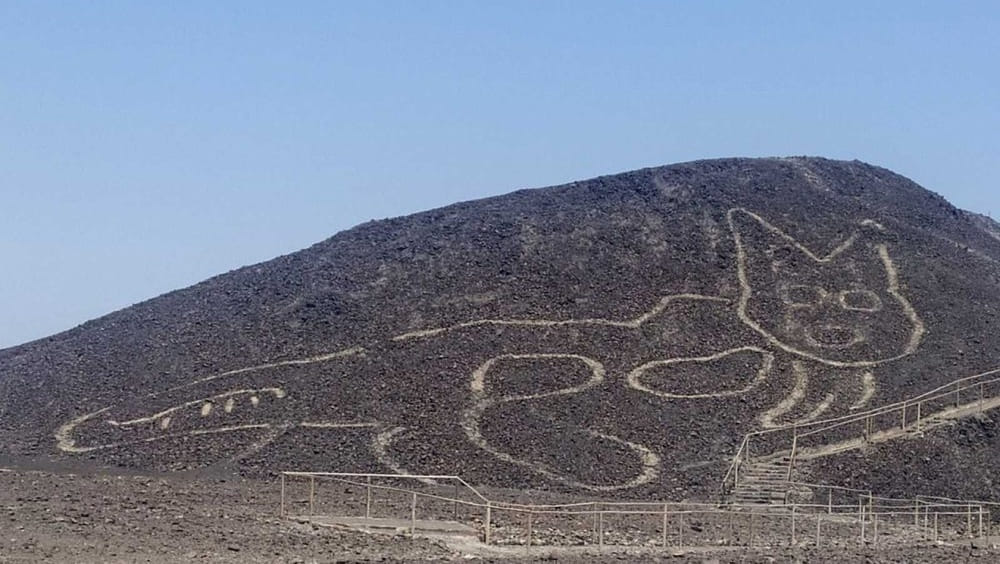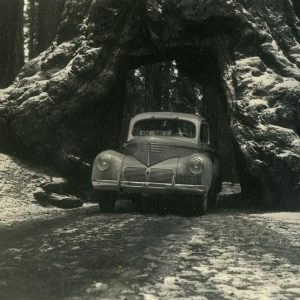Deep in the arid expanse of the Peruvian Desert lies an engineering marvel that has withstood the test of time. The Nazca Culture’s aqueducts, an intricate system of canals and underground channels, continue to supply water to the region to this day. These remarkable aqueducts, built by an ancient civilization that thrived over 2,000 years ago, are a testament to human ingenuity and the enduring legacy of the Nazca people. In this article, we embark on a journey into the Peruvian Desert to witness firsthand the incredible engineering feat of the Nazca Culture’s aqueducts, still in active service.
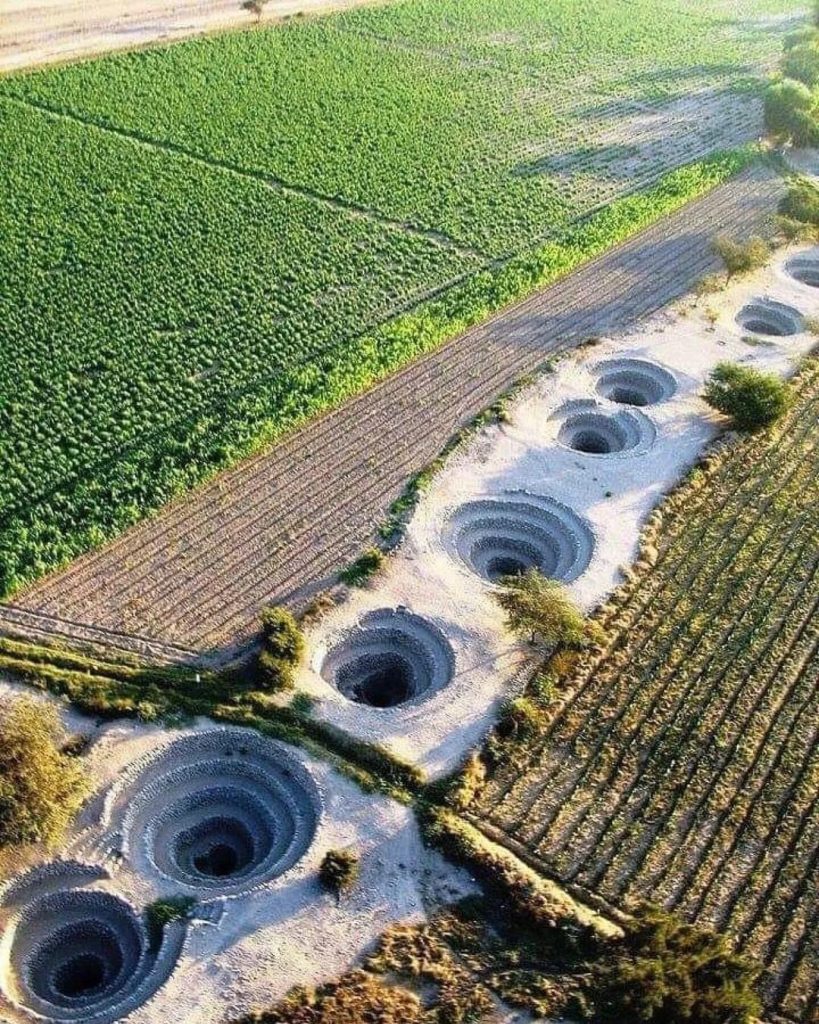
The Nazca Culture and Their Aqueducts
The Nazca Culture, which flourished in southern Peru between 100 BC and 800 AD, left behind a rich cultural heritage that continues to intrigue archaeologists and historians. Among their many accomplishments, the construction of an extensive network of aqueducts stands as a testament to their advanced knowledge of engineering and water management.
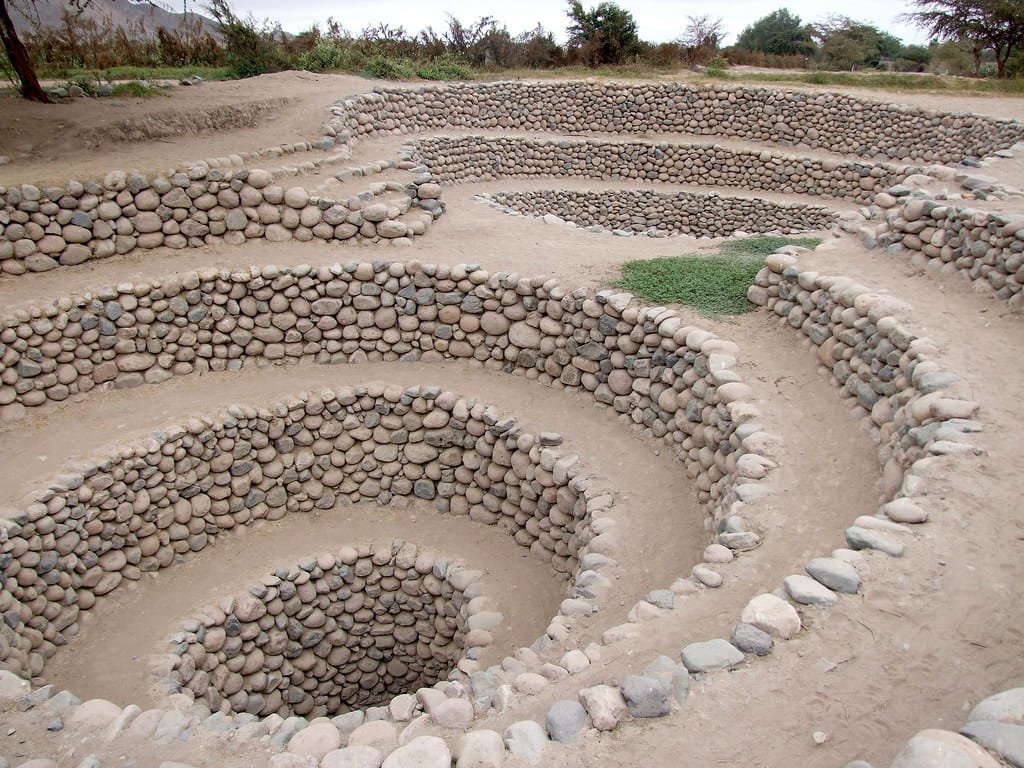
Purpose and Function
The Nazca Culture’s aqueducts were designed to address the region’s scarcity of water. The arid climate of the Peruvian Desert presented significant challenges for sustaining agriculture and human settlements. The aqueducts were ingeniously engineered to capture water from nearby mountain springs and transport it to the Nazca Valley, ensuring a reliable water supply for irrigation and domestic use.
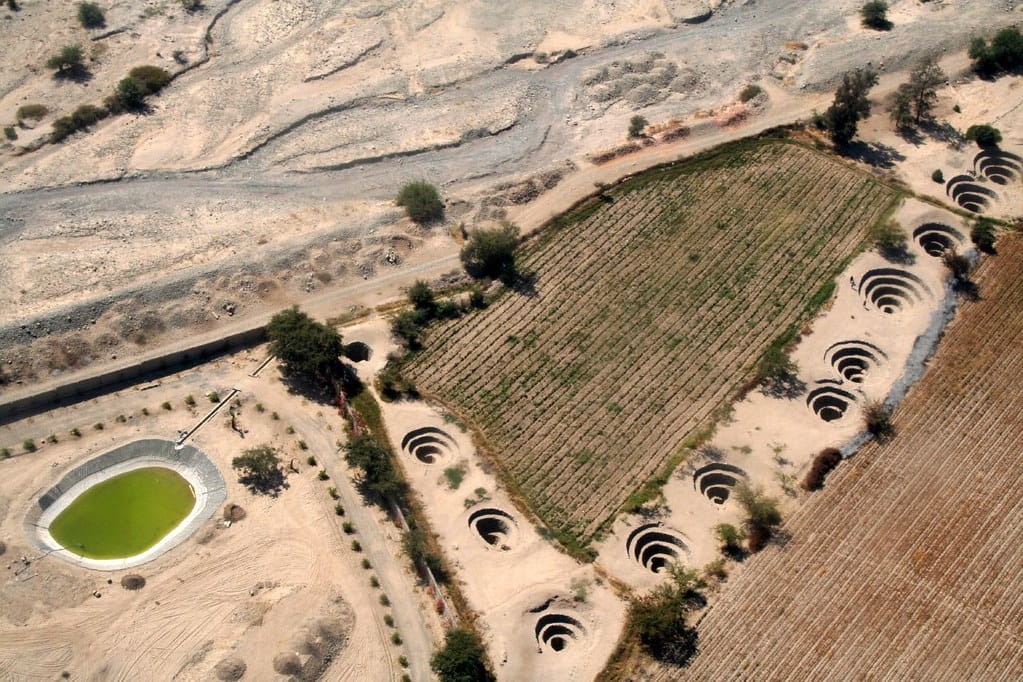
Construction Techniques
The construction of the Nazca aqueducts involved intricate planning, precise measurements, and sophisticated engineering techniques. The aqueducts consist of a combination of underground canals and above-ground stone channels. The underground channels, known as puquios, were built to tap into subterranean water sources, while the above-ground stone channels captured water from mountain springs and directed it to various agricultural areas.
The builders of these aqueducts demonstrated an impressive understanding of hydraulics, ensuring the efficient flow of water through the system. The use of gravity and precise slope calculations allowed the water to navigate the desert terrain and reach the intended destinations.

Active Service to this Day
Remarkably, the Nazca Culture’s aqueducts are still in use today, providing water to local communities and sustaining agriculture in the region. Despite the passage of centuries, the system continues to serve its purpose, showcasing the longevity and effectiveness of the engineering methods employed by the Nazca people.
Journey into the Peruvian Desert
To witness the Nazca Culture’s aqueducts in action, one must embark on a journey into the Peruvian Desert, specifically to the Nazca Valley. The experience takes visitors on a captivating exploration of both ancient history and modern-day engineering marvels.
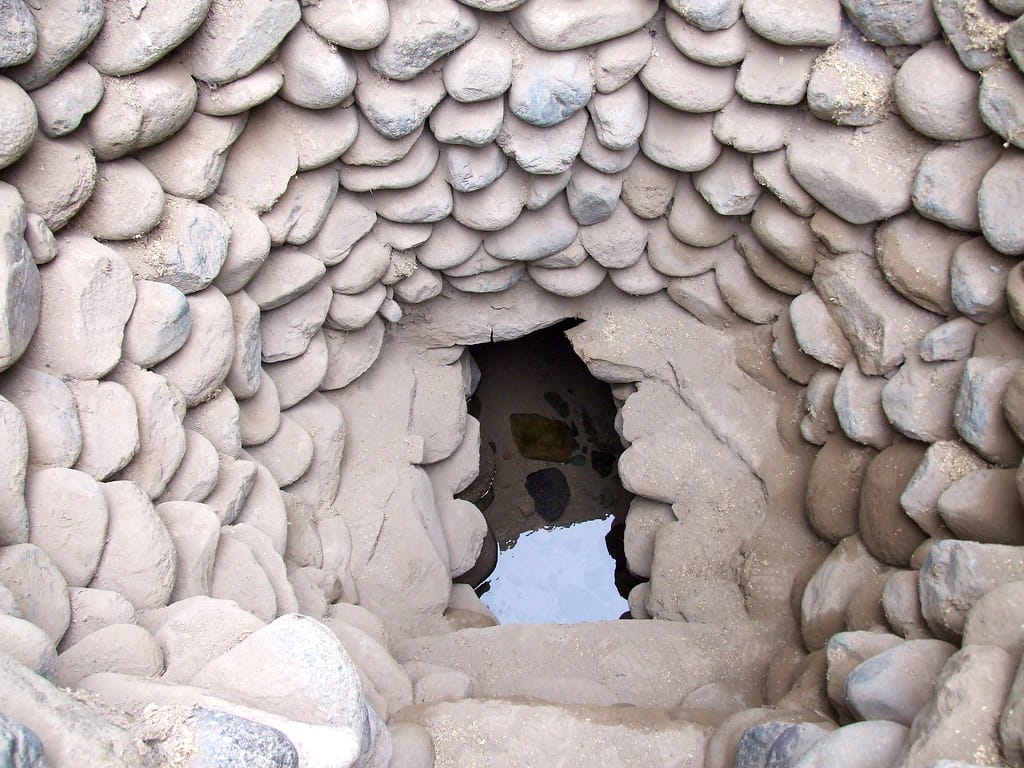
Arrival in the Nazca Valley
The journey begins with arrival in the Nazca Valley, a region known for its stark beauty and historical significance. Visitors are greeted by vast desert landscapes, where the remnants of the Nazca Culture’s ancient civilization are scattered across the horizon.

Guided Tour of the Aqueducts
To fully appreciate the aqueducts, a guided tour is highly recommended. Knowledgeable guides provide insights into the history, engineering techniques, and cultural significance of the Nazca Culture’s aqueducts. They explain the intricacies of the system and highlight how it continues to provide water to the arid region.
Witnessing the Aqueducts in Action
The climax of the journey is the opportunity to witness the aqueducts in action. Visitors can observe the flow of water through the underground channels and witness the precision with which the system operates. The sight of water streaming through these ancient conduits, sustaining life and agriculture, is a powerful testament to the ingenuity and forward-thinking of the Nazca people.
